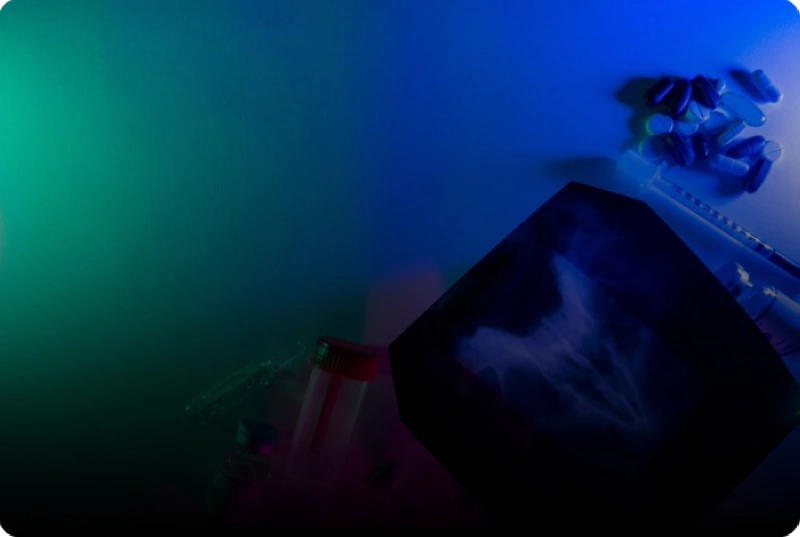How to Design 3D Print Models
Before you begin to printing your models, there are several important things to consider. Cutting and gluing are two common ways of assembling your models. Snap-fit and press-fit connections require no gluing after printing, and are often preferred for large props, exhibits, or prototypes. Regardless of your intended use, it’s essential to know how to design 3d print models for both types of printing.
Using mouse ears
If you’re planning to use mouse ears to design your 3D print model, it’s important to keep some things in mind. These little discs should be added to the corners of the base layer to prevent the model from curling at certain spots. Sharp corners are especially vulnerable to curling with PLA and ABS prints. By extending these mouse ears, you can prevent these issues and ensure that the entire model stays flat during printing.
Avoiding large flat surfaces
The build volume of a 3D printer is an important factor to consider when designing a 3D print model. A wide model requires a very large vertical build volume, which may mean that you’ll need to print it sideways. In such cases, avoiding large flat surfaces is a good idea. To avoid using support structures or adhesive aids, cut the model into two sections and attach them during post-processing.
If your model has a large flat surface, consider adding rounded corners or reducing the size of the feature. Large flat surfaces are prone to warping when 3D printed, which may result in uneven edges and shapes. Warping can be minimized by adjusting the printing temperature, ensuring a smooth surface adhesion, and using helper discs if necessary. Using rounded corners and flat surfaces are two tips for avoiding warping and other potential issues when designing 3D prints.
Using supports
Using supports is a key part of designing a 3d print model. While a support is necessary to hold a model in place, you can also design it to be removable. Supports come in three types: lattice, tree-type, and dissolvable. Each type has different properties. Supports should be designed to use the least amount of material and support area possible. A lattice structure reduces support volume and saves material by allowing you to design the parts separately.
In general, supports are used for models that have steep overhangs or areas where they may not be supported. For example, the center of an arch might need a support material. Without it, the arch’s top layers would sag or droop. In such a case, it would be better to design the arch with supports rather than a simple bridge. However, if you do not plan to use supports, you may be tempted to skip them altogether.
Take a picture of your printed design
If you’re planning to print a design yourself, you can make it look as professional as possible by taking a photo of the final product. It’s important to remember that your computer screen’s settings can make a big difference. Even if an image looks great on your screen, it will look completely different when printed. Therefore, you’ll need to match your computer screen’s settings with a known standard.
Cleaning up a 3d print
Cleansing up a 3D print model doesn’t have to be a chore. With a few simple cleaning techniques, you can achieve the look you desire. In addition to sandpaper, you can also use a needle file.
Before cleaning up a 3D printed model, make sure you remove any excess support materials or blemishes. The support material is printed with the same material as the model, so it can easily be removed with your fingers or needle-nose pliers. The support material can also be removed with a little elbow grease using a putty knife. There are plenty of common tools you can use to clean a 3D print model, including a knife or toothbrush. Also, if you’re cleaning a print that has support materials, you can soak it in hot water with detergent. This will dissolve the support material.


